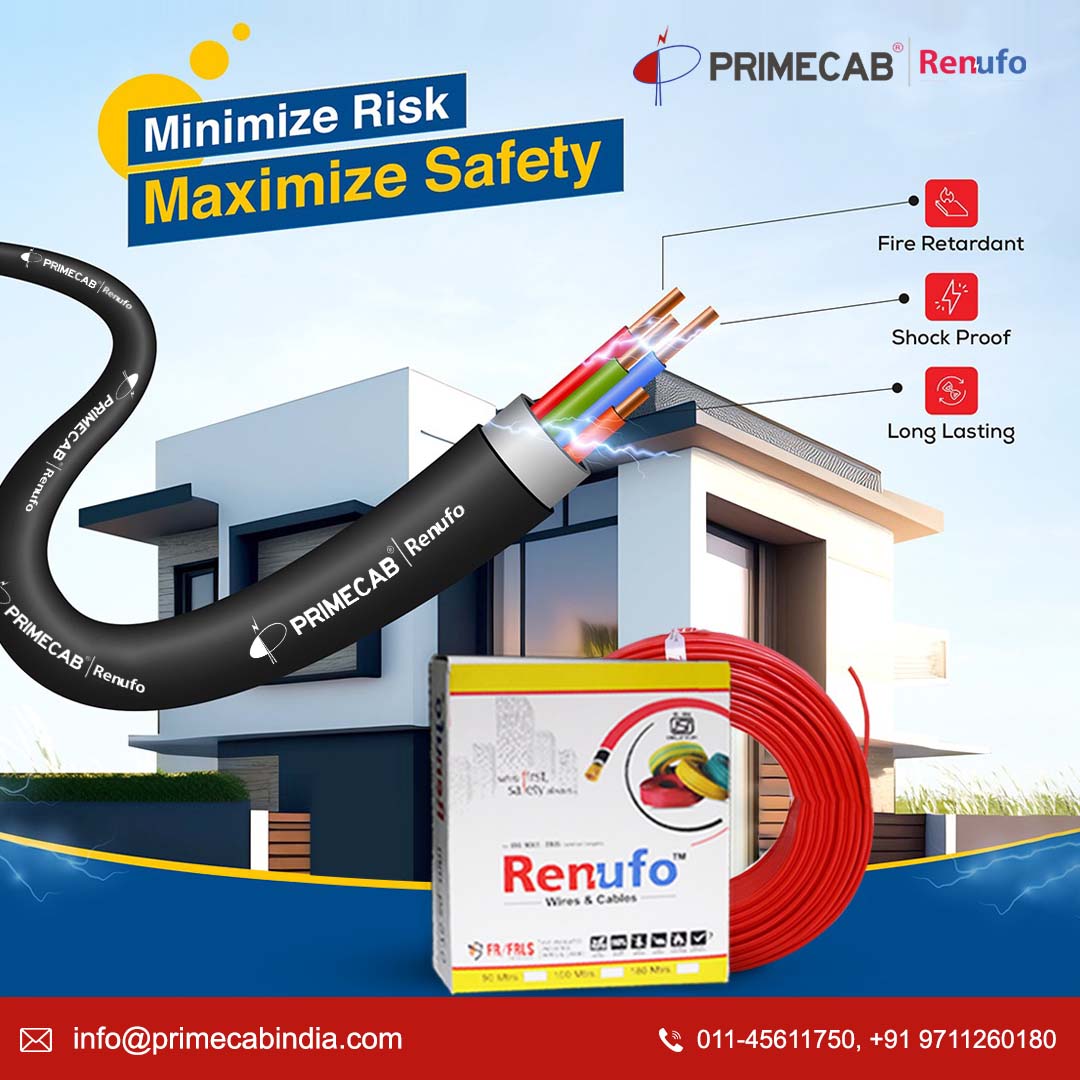Top 5 Things about Power Cables that You did not Know
Power cables might sound a bit too boring for something that you may be interested in reading quirky facts about, isn’t it? Well Power Cables are way more interesting than you ever thought it could be! Right from their inception 1882 till today, Most of us have only seen power cables as a basic necessity that we don’t even care about. But there’s much more than meets the eye with these strings of wonder! Let’s look at some of the most interesting facts about Power cables:
- The first ever ‘wire’ was developed by Thomas Edison in 1882. It wasn’t even a proper wire, it was basically made of copper tubes wrapped in jute! It’s was filled with asphalt, which provided insulation, because of it’s bituminous properties. This is because Rubber insulation was not used until 1897, and that too in the Niagara Falls power project.
- Copper may not be a better conductor than Aluminum, after all! Yes, you read it right! In some scenarios like transmitting high voltages over long distances, the material and size of the wire is such that aluminum proves more efficient and economical as compared to copper!
- Cable armor is basically useless! We often expect cable armor to protect the cables from external wear and tear, and also form the harsh weather conditions. But in reality, the armor may sometimes end up causing more damage! Most of the armors are made up of steel tapes or steel gauges, which, when bent can cause the wire to malfunction. Also, in contrary to a well known myth, most people believe that armor can protect the wire from moisture, whereas it is actually the opposite of that! Exposing armored cables to water can cause the wire to cause damage to the armor and eventually destroy the armor.
- New cables may not work like ‘new’ for long! New wires have different specifications, from different manufacturers and are designed to work in quite different scenarios. For example, manufacturers like Prime Cable Industries Pvt. Ltd. produce wires of exceptional quality, but if you install a low tension wire in a place where high tension is required, the damage can’t be blamed on the brand. It is the fault of the installation that causes such wires to lose life almost immediately after their installation.
- The Current capacity is not always constant for a wire! We may see a lot of brands boasting about how they offer a constant current capacity. But in real life, these numbers solely depend on various factors like,
- Area: The place where the installation is taking place.
- Temperature: Heat is a major contributor to the resistivity of the wire.
- Pressure: This is the factor that is relatable to the people living in sea proximity areas and also the hilly area residents. The pressure also affects the resistivity of the wire.
- Depth of pavements: Yes, it may be weird, but it actually affects the conductivity of the wire over a long period of time.
Significant facts, aren’t they? Apart from these, there are so many unexplored facts about electricity and wires, that you may be surprised to know! While these all may seem funny facts, serious safety risks are also associated with each of the above mentioned facts. We should always get a certified engineer to evaluate all our regulations and compliances before undertaking any electrical projects at our home or office. Not only this, local authorities should also be aware of these changes as they have certain guidelines and regulations of their own too, which should be followed.






